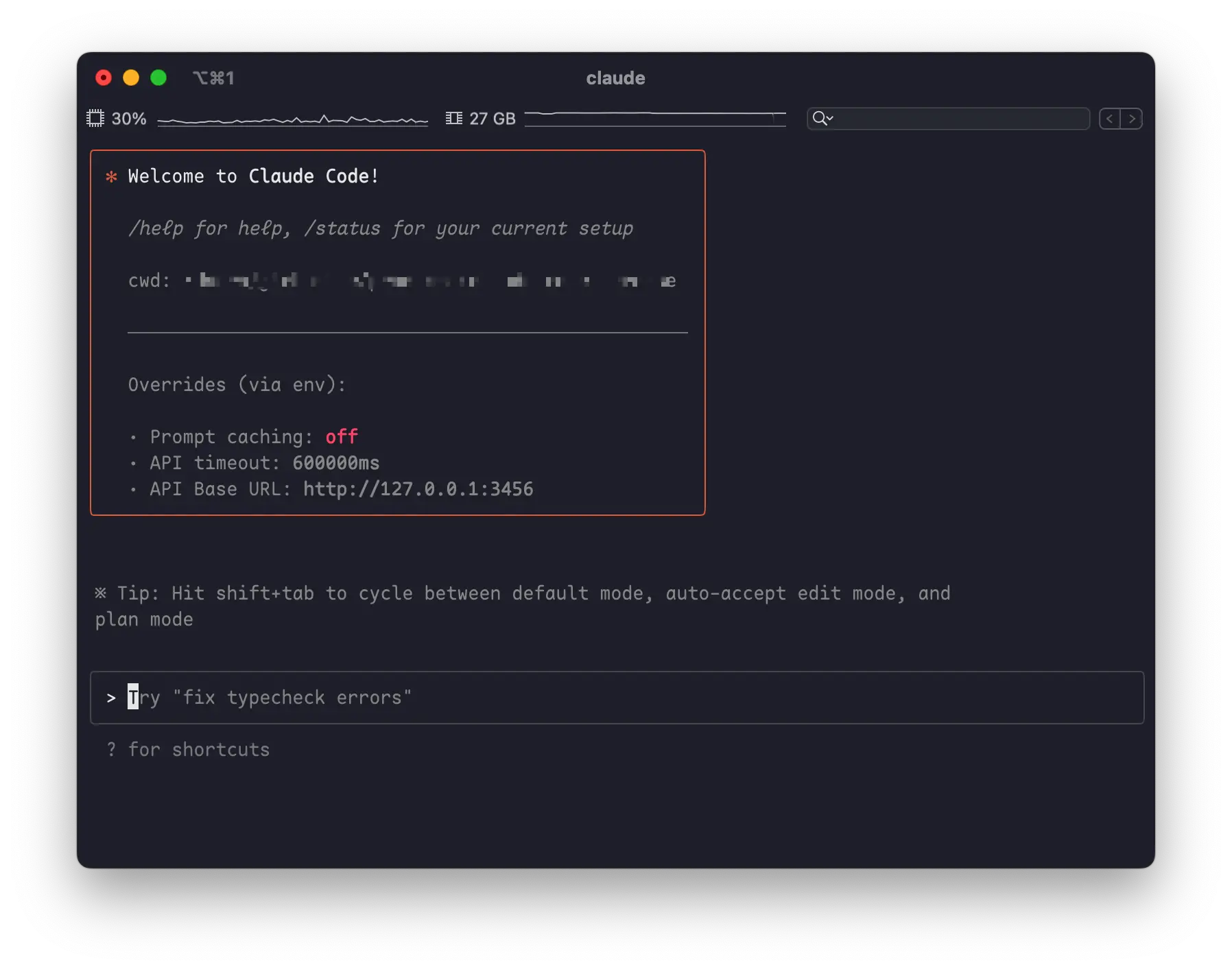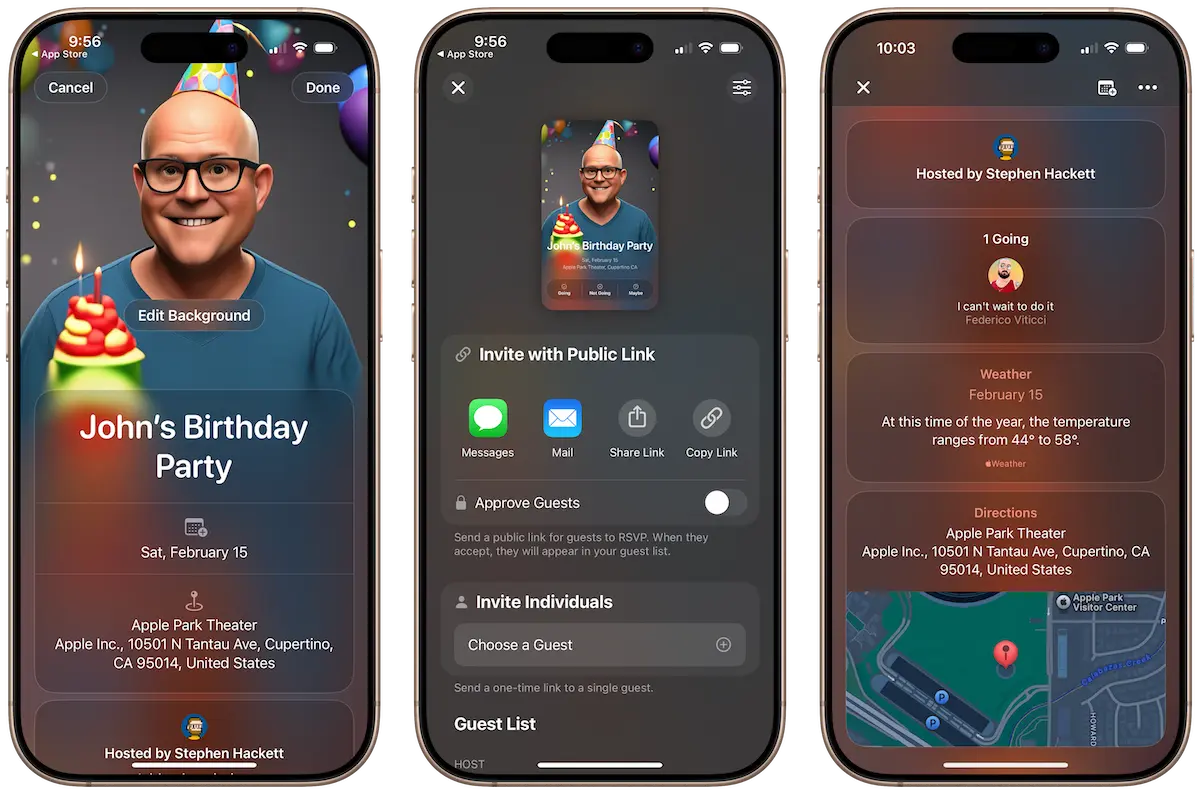My month with Claude Code Max
So, I’m doing a new challenge this month.
I’m paying Anthropic $100 and during the next 30 days, I want to create at least 3-5 apps/services running on the internet, using Claude Code.
And when I say app or service, I mean full released and running in production. I don’t care at this point about number of users or market-fit, I want to see how the — considered by many people the best AI code assistant — can help me reach those marks with decent production quality products.
Vibecoding?
Not really, I could say vibepairing maybe. I spend a long time creating specs, task lists, architectural documents, defining tech stack. I like to ask AI to scaffold code, and then I’d do a mix of ask for it to generate code and edit myself. Sometimes I catch myself losing time writing prompts when I know exactly what needs to change and where. It’s much easier just to go there and edit yourself. And faster as well.
However, I must admit that it’s fun to code with AI. For small stuff or scripts, that I know the model can find thousands of examples on the internet, I don’t bat an eye. Do it and I just take a quick look to see if I can learn something new. For more complex setups, I learned a couple things already:
- You’ve got to understand the problem well, be able to spec it out and if possible help define the tasks, or to-do list for the AI. If you can’t understand the problem you want to solve, AI will try to do too much and easily go in circles
- Don’t trust it blindly, sometimes it will do basic mistakes
- If you catch yourself in a rabbit hole, it would usually make things more and more complex, will try the most absurd workarounds, and sometimes go around the world to solve a simple question. That’s why when things are getting a bit complex, I chat more and execute less, after the matter is really understood and reasoned through
- Git is your best friend. When you have a working state, commit. If needed you can rollback. Too many times I had to go back and lose a few things it had coded right
- Sometimes models will change parts of the code they shouldn’t. At least at this point, checking the diffs is a must
$100 is a lot of money
Yes, it is! However, if it saves hours of my life, creating boilerplate code or even coming up with better code than I’d be able to produce, I believe it’s worth it.
Another thing that bothers me about AI coders (Zed, Cursor, Windsurf) is that their basic plan is not enough for almost nothing serious, and their Pro plan won’t usually last the whole month. Once I got excited about Windsurf and ended up spending 2-3 times their monthly price in additional credits.
But Claude Code runs on the terminal…

True. So? I like the terminal. Don’t mind using it.
However, Claude Code also has a /ide command that integrates well with Cursor and Windsurf.
I have to admit that I still like to use git in the terminal, and with a few aliases (what’s easier than typing g c "Commit message" && g p to commit adding files and push?)
One other thing that I was thinking… Anthropic charges me for their models usage… isn’t Cursor or Windsurf charging for it as well? Let me check… Yup, both Cursor and Windsurf add a 20% markup to model usage. So by using Claude Code I’m saving some cash, even within the editors. And I can use it with VS Code as well. And NeoVim, but I’m not there yet…
So, what’s the plan?
- From July 15 until August 15, see how many Apps/Services I can release, in production, with a ProductHunt page, their own website, domain, the works
- Check the results and see if it’s worth it
That’s it. I’ll use it for my personal projects, and maybe for work as well (but there I have Cursor)
Any ideas?
Of course! I’m trying to validate them with Claude first, and generating documentation that will be useful when the code generation time comes. What I can reveal is something I want to do just to get the oil running, so to speak. A Turso iOS client.
What’s Turso?
Turso is a modern database platform that extends SQLite for cloud and edge computing. It’s based on libSQL, an open-source fork of SQLite, and is designed to bring data closer to your applications, minimizing latency and enabling efficient scaling for modern workloads like AI, mobile, and IoT.
It’s simple and easy to implement, it’s possible to embed it, and uses Drizzle to edit databases. That’s the thing, if I’m on my phone and want to check a database, it’s a pain. I want to scratch that itch and do something decent in Swift.
Any other?
Well, yes. I really like the Apple Invites App, but it bothers me how it demands iCloud account creation. So, I’ve registered openinvites.org and will create an open, PWA, web version of it. Because… why not?

And there are more. What I’m doing is validating the ideas so I invest my time in what I think matters.
And if in August I see it’s all good intentions and not enough actions, I can gladly come back to either $20 a month or nothing, and spend my time somewhere else. Or spend $200 a month and create a new empire, like ENCOM. 😁
Follow along with my progress on my blog or check out the projects as they launch on ProductHunt.